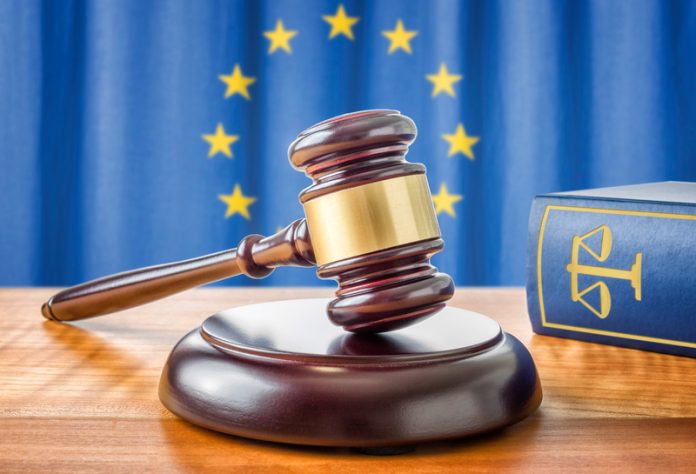The work of Koen Lenaerts, President of the Court of Justice of the European Union concerns directing the work of a unique, multilingual institution as it seeks to ensure the consistent interpretation and application of EU law
As President of the Court of Justice of the European Union, Koen Lenaerts is responsible for directing the work of a unique, multilingual institution as it seeks to ensure the consistent interpretation and application of European Union (EU) law throughout its Member States.
The Court of Justice of the European Union (CJEU) was founded in 1952 to ensure the law is observed in the interpretation and application of EU treaties.
Based in Luxembourg, it comprises two courts: the Court of Justice and the General Court, created in 1988. A Civil Service Tribunal operated between 2004 and 2016 when its jurisdiction was transferred to the General Court.
The CJEU is responsible for reviewing the legality of the acts of European institutions, ensuring that Member States comply with their obligations; and interpreting EU law at the request of national courts and tribunals.
Since 1952, over 37,000 judgements and orders have been delivered, helping to ensure the consistent application and interpretation of EU law across every Member State.
This is all the more remarkable because, as each Member State has its own language and specific legal system, the CJEU is a multilingual institution. Indeed, its language arrangements are unique to any other court in the world, as cases can be heard in any of the official languages of the European Union. The court observes the principle of multilingualism in full to both communicate with parties in the language of the proceedings and to ensure that case law is disseminated throughout the Member States. Indeed, some 43% of the institution’s staff are dedicated to linguistic services.
The Court of Justice comprises 28 judges and 11 advocates general, with the General Court comprising 46 judges and one registrar. Judges are appointed by the agreement of Member States for a term of six years, which can be renewed.
The judges elect from within their number a President and Vice-President to serve for a term of three years, which can also be renewed. The President directs the work of the court and presides at hearings of the full court and the Grand Chamber, which brings together 15 judges at the request of a Member State or institution that is party to proceedings, and in particularly complex or important cases.
Koen Lenaerts has been President of the CJEU since October 2015. In his introduction to the CJEU’s latest annual review, covering 2017, he noted that the Court of Justice and General Court had seen a record 1,656 cases brought before them.
These cases involved judgments on everything from wearing the Islamic headscarf at work and the rights of air passengers in the event of cancellation or long delays to flights to the UberPop ride-hailing service, immigration policy and the proof of defectiveness of a vaccine. All of which demonstrates that the case law of the CJEU is no longer limited solely to economic issues but covers ever-more diverse areas that relate to the daily lives of citizens.
In April 2017, as the EU marked the 60th anniversary of the signing of the Treaties of Rome, the CJEU launched the Judicial Network of the European Union to reinforce cooperation with national courts and continue to improve the quality of European justice.
This multilingual platform seeks to promote mutual knowledge of the case law of the EU and that of Member States and to deepen dialogue between the Court of Justice and national courts.
In a speech to the Network of the Presidents of the Supreme Judicial Courts, Lenaerts said this type of informal cooperation, rather than the formal dialogue created by the preliminary ruling procedure guaranteeing uniform application of EU law, “allows for exchanges of views and of best practices that have beneficial effects on the quality of justice as a whole”.
“In that regard, it is interesting to note that the most frequently consulted pages of the website of the Judicial Network of the European Union, which was created on the occasion of the 60th anniversary of the signing of the Treaties Rome, are the pages on which national decisions uploaded by the participating courts can be found. This clearly shows that there is a genuine interest in understanding our respective approaches to solving legal problems”, he added.
“I am therefore confident in asserting that informal exchanges of information through networks – such as the Network of the Presidents of the Supreme Judicial Courts or the Judicial Network of the European Union – improve the quality of our decisions and ultimately the respect for the rule of law.”
Open Access Government











